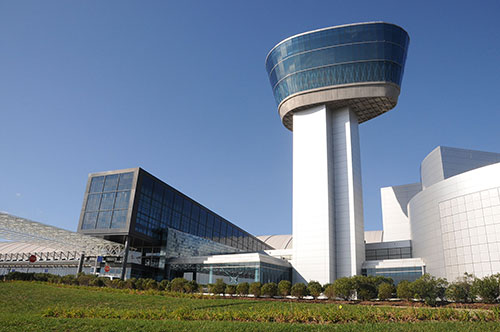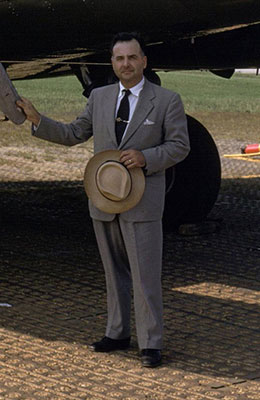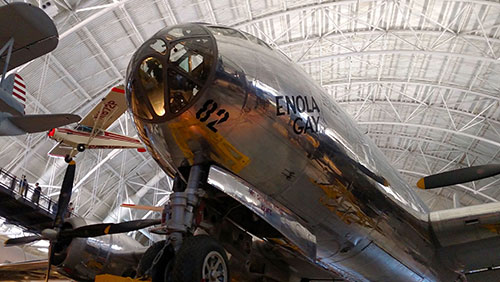
So, the summer is already flying by. The 4th of July is looming, and then it is going to be Fall, and the glorious pool will close again. And then the election, which is the strangest one I have observed since I was first able to listen to the news, which was about the time of Ike’s heart attack.
I confess to feeling the same way these days as I did then. But thankfully, there were other things to occupy a glorious day in the National Capital. My shipmate Fred was in town from the land of OZ with a gaggle of bright young Australian students who were soaking up what we laughingly call the American National Security Culture.
He reached out to some of the crustier old fossils for curb-side counseling, and as you know, I love to run my mouth about all sorts of stuff. To fill in the idle weekend hours, Fred suggested a walking tour of some of the Spook sites in the District. I demurred, not because there isn’t plenty to see, but rather what we could see would be some high-security fences or vacant lots where really interesting things happened back in the day, or required badge access to get close to.
We decided we would try it again next year with a driver and a Chariot For Hire, and maybe a buffet and mixed drinks. Out of desperation for this iteration of the visit, we decided that a cool place, a bit off the beaten path, might answer the requirement for something both fun and professionally valuable. Given that I don’t walk very well these days, I suggested perhaps a tour of the Steven F. Udvar-Hazy Center, the annex to the Smithsonian National Air and Space Museum (NASM) out on Route 28, near Dulles International Airport.
The best time for them was 1000, when the place opened, and before the glut of tourists clogged the place. That meant the Polish dumpling (pierogi) recipe I was working on got sort of short shrift, but you have to have your priorities straight, right?
Accordingly, I loaded up the Panzer with the pallet of traveling devices to go on to the Farm, since the museum is nearly half-way to Culpeper, and there was news that the Hazel River Inn has re-opened on Historic East Davis Street, so there was the opportunity to welcome the oldest commercial building (and Civil War jail) back to life.
There was some slight confusion as multiple Uber vehicles lifted the twenty or so folks out to the wilds of Fairfax County. I had only been to the Udvar-Hazy Centr once, long ago, and not long after it opened. That did not mean that I was unfamiliar with the place. The main NASM building, with the priceless Wright Flyer and the Spirit of St. Louis, had always contained more artifacts than could be displayed, sort of like China’s National Museum that Chaing Kai Shek removed before Peking fell to the Reds.
There was so much treasure that they rotate the collection there in Taipei every few months. It is highly recommended, if you happen to be in Taiwan, though the Udvar-Hazy is probably a little easier to get to.
Rotating the collection at NASM the way the Chinese do with their purloined artifacts was clearly impractical. Some of the most amazing artifacts were really big airplanes- the Space Shuttle Discovery, the SR-71 and the Concorde among them- that would not have fit anyway. Storage and restoration for the bulk of the collection was done out by the Census Bureau complex at Civil Hill, Maryland, at the Dr. Paul E. Garber Storage Facility.
Years ago, I had the rare opportunity to meet Dr. Garber, who was personally responsible for scooping up the priceless aviation artifacts to be squirreled away in the Smithsonian’s National Attic. That was all courtesy of our Uncle Jim, the renaissance aeronautical engineer who designed seaplanes, target acquisition devices for anti-aircraft guns, and incidentally, the cameras that were sent into orbit.
When I was indoctrinated into the Mysteries of Spookery, I realized just what he had done for National Security, and managed to get a knowing wink out of him about the accomplishments he could never talk about in public.
He knew Dr. Garber professionally from his time designing seaplanes for the Loening Fleetwings Company (yes, there is one in the collection), and he explained that the grand old man had spent his childhood in D.C. and had clear memories of the Wright Brothers conducting flight trials for the Army Signal Corps over at Fort Myer in 1909 to demonstrate the utility of their invention to the military.

Garber joined up in the DC Guard during the patriotic frenzy of 1917, and wound up in the Army Signal Corps, which then controlled the Service’s infant air arm. The war was over before he could start flight training, but he took a job as a ground crewman and messenger with the Postal Air Mail Service.
About that time, he became determined to preserve the history of aviation by preserving its past. In 1920 he joined the Smithsonian and for the next 72 years worked for the preservation of the world aviation heritage.
During World War II. he held a commission as a Navy Commander, but he never stopped looking for objects the signified aeronautical accomplishments in technology and human courage. The conclusion of the war on favorable terms to the Smithsonian brought a tidal wave of artifacts from the former Axis powers, and most of it wound up in crates in the back lot of the Silver Hill facility, slowly disintegrating due to the limitations of the small facility that was crammed to the gills with amazing things.
We availed ourselves of the connection between my Uncle and Dr. Garber to be permitted to tour the facility on our own, and I have never been so overwhelmed as listening to the stories Jim had about every object in the place.

Just as a means of illustrating how astonishing it all was is conveyed by the fact that a glass curio cabinet in the little lobby held all of General Curtis LeMay’s personal military decorations. Amid the riches of history, the fuselage of the B-29 that eradicated Hiroshima, Col. Paul Tibbet’s Enola Gay, was in the back shop undergoing restoration.
In those days, they encouraged the few visitors to actually touch the aluminum of her silver flanks to see what preservative would work best against the oil on human hands. At the time, the Plexiglas from the view ports was removed, and I was able to stick my head into the interior of the bomber, and look at the narrow walkway up to the flight deck where the Colonel had set the Atomic Age in motion.
Anyway, everyone agreed that Silver Hill needed to be replaced, but there was the usual complication of getting the Congress to appropriate the cash to build it. Enter the aviation angel, Mr. Steven F. Udvar-Hazy, a Hungarian immigrant and multi-millionaire co-founder of the International Lease Finance Corporation, which loaned out jets to those organizations that needed them for a while.
Like Presidential campaigns, for example.
He wheeled-and-dealed and cajoled and ponied up $65 million from his own pocket to fun the place, got buy-in from the aerospace giants, and eventually (after fifteen years), the 760,000-square-foot facility was opened to the public.
The location at Dulles was perfect- rather than have to disassemble the big aircraft and truck them in, most could simply make their last flight to IAD and taxi off on the ramp to the museum, shut down the engines, and after having made it, become history.
It is pretty amazing, and I won’t try to tell you all the lies, half-truths and scurrilous speculation that I imparted to the students. It was too much fun. They liked the flight simulators the best, and I liked the clever way they charge admission. Entrance to the museum is free, of course.
It just costs fifteen bucks to park your car.
Trust me, it is well worth it.

Copyright 2016 Vic Socotra
www.vicsocotra.com
